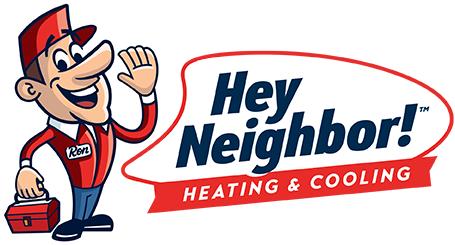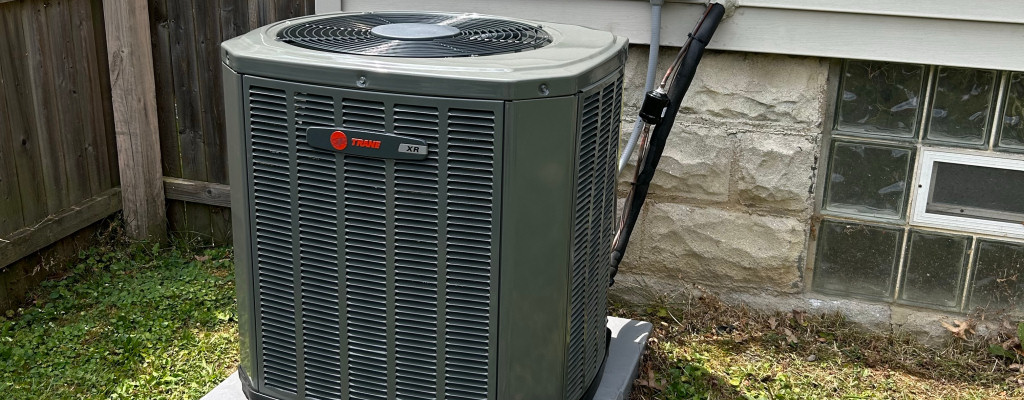When we think about comfort in our homes, especially during the sweltering summer or chilly winter months, we often thank our trusty HVAC systems. But behind the scenes, there’s a crucial component that makes heating, ventilation, and air conditioning possible – refrigerants. These chemicals, which absorb and release heat, are the lifeblood of HVAC systems. However, not all refrigerants are created equal, and as technology and environmental concerns evolve, so too do the types of refrigerants we use.
Let’s take a tour through the history of HVAC refrigerants – from the obsolete, to the current, and what’s on the horizon.
The obsolete: Saying goodbye to yesterday’s refrigerants
CFCs (Chlorofluorocarbons):
Examples: R-12, also known as Freon-12.
Why they were used: Back in the mid-20th century, CFCs were the refrigerants of choice. They were stable, non-flammable, and highly effective. For decades, CFCs were everywhere, from household refrigerators to car air conditioning units.
Why they’re obsolete: The problem with CFCs lies in their environmental impact. When released into the atmosphere, they rise up to the stratosphere and break down ozone molecules, which protect us from the sun’s harmful ultraviolet rays. This led to the global phase-out of CFCs under the Montreal Protocol in the late 1980s.
HCFCs (Hydrochlorofluorocarbons):
Examples: R-22, or Freon-22.
Why they were used: HCFCs were introduced as a “better” alternative to CFCs. While they were less damaging to the ozone layer, they were still not perfect.
Why they’re obsolete: Although HCFCs had a lower ozone depletion potential than CFCs, they still contributed to ozone layer damage and are also potent greenhouse gases. R-22, for instance, has been gradually phased out, with production and import banned in the U.S. since 2020.
The current: Today’s go-to refrigerants
HFCs (Hydrofluorocarbons):
Examples: R-410A, R-134a.
Why they’re used: HFCs are the most common refrigerants in use today. They don’t deplete the ozone layer, which makes them a better choice than their predecessors.
The catch: HFCs, while ozone-friendly, are still potent greenhouse gases with a high global warming potential (GWP). This means they contribute to climate change, and their use is being scrutinized and regulated more tightly in many parts of the world.
HFOs (Hydrofluoroolefins):
Examples: R-1234yf, R-1234ze.
Why they’re used: HFOs are a newer class of refrigerants designed to have a much lower GWP than HFCs. They are seen as a more sustainable option and are increasingly being used in car air conditioning systems and other applications.
Advantages: HFOs break down faster in the atmosphere, which significantly reduces their impact on global warming.
The upcoming: The future of refrigerants
Natural refrigerants:
Examples: R-290 (Propane), R-600a (Isobutane), R-717 (Ammonia), CO2 (R-744).
Why they’re exciting: Natural refrigerants have been around for a long time, but they’re making a strong comeback due to their low GWP and minimal environmental impact. For instance, CO2 is non-toxic, non-flammable, and has a GWP of 1, making it an incredibly attractive option for the future.
Challenges: Each natural refrigerant has its own set of challenges, such as flammability (propane), toxicity (ammonia), or high-pressure requirements (CO2). However, with advancing technology, these challenges are being addressed, and we’re likely to see more of these in next-generation HVAC systems.
Blends and new compounds:
Why they’re on the horizon: As the industry looks for ways to balance efficiency, safety, and environmental impact, new blends of refrigerants and innovative compounds are being developed. These blends aim to combine the best attributes of different refrigerants while minimizing their drawbacks.
What to watch: The industry is continuously testing and rolling out new options. As regulations tighten, we can expect to see more of these refrigerants in the market, particularly those with ultra-low GWPs.
The path forward
The evolution of HVAC refrigerants is a testament to humanity’s growing understanding of environmental science and our commitment to sustainability. From the days of CFCs to today’s HFOs and natural refrigerants, the journey has been one of balancing performance with responsibility. As we move forward, the focus will be on finding solutions that keep us comfortable while also protecting our planet. Whether it’s adopting new, greener refrigerants or improving the efficiency of HVAC systems, the future looks promising – and a bit cooler, too!


Comments are closed